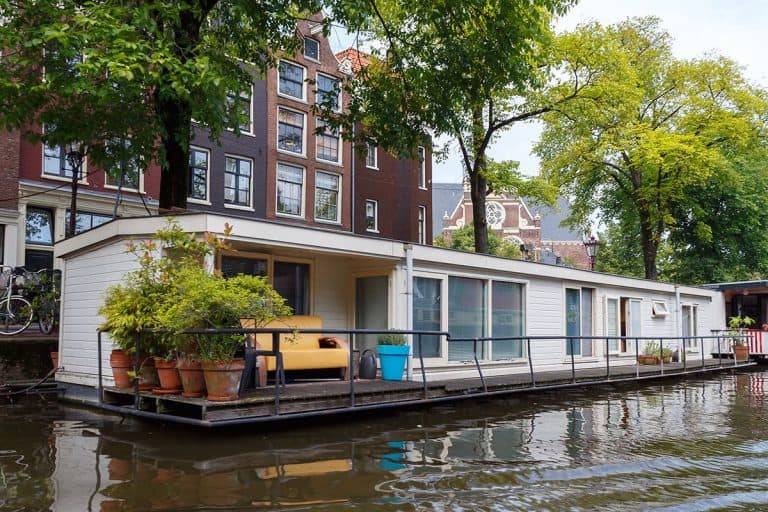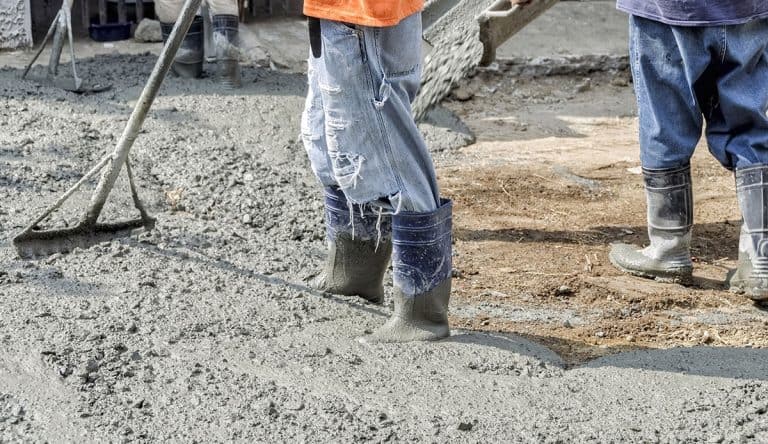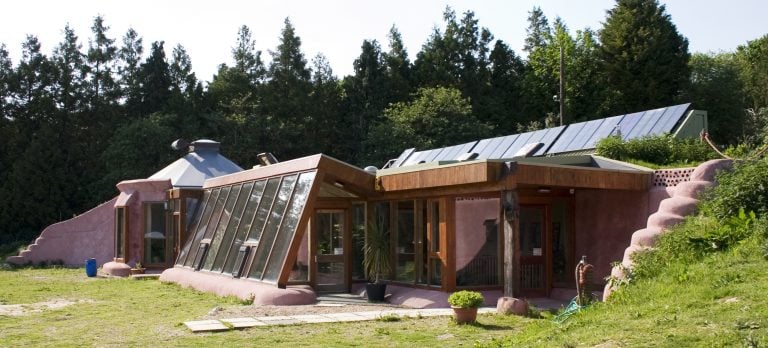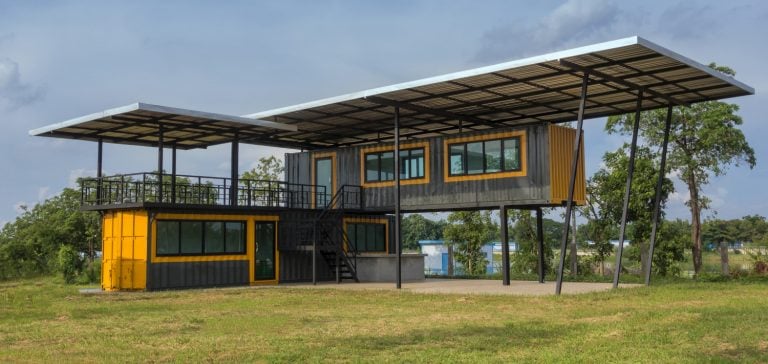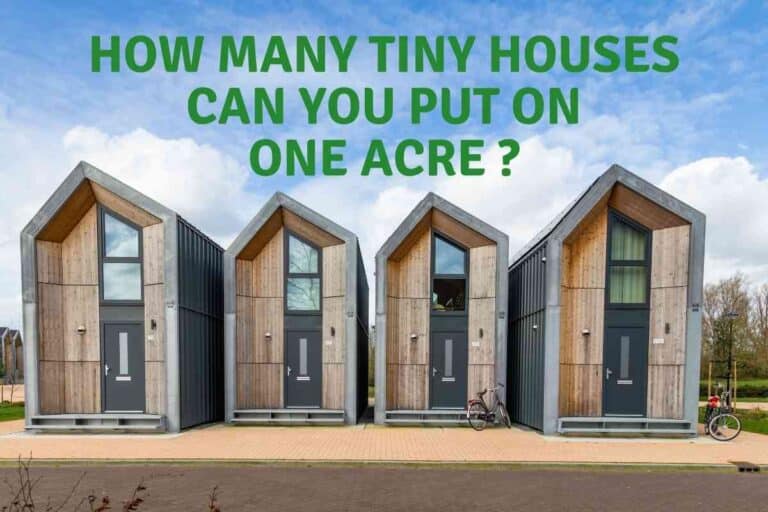How Much Is a Tiny House Kit? A Comprehensive Guide to Tiny House Kit Prices
Exploring the world of tiny house living reveals a realm of simplicity, sustainability, and innovation. Tiny house kits, in particular, offer an enticing gateway into this lifestyle, blending affordability with the joy of hands-on building. Whether drawn to the eco-friendly footprint, the allure of financial freedom, or the charm of minimalist living, tiny house kits present a unique opportunity to craft your personalized haven. This article delves into the essentials of tiny house kits, from cost factors and kit components to the variety of options available on the market, aiming to guide you through the decision-making process and help you embark on the journey of creating your tiny dream home.
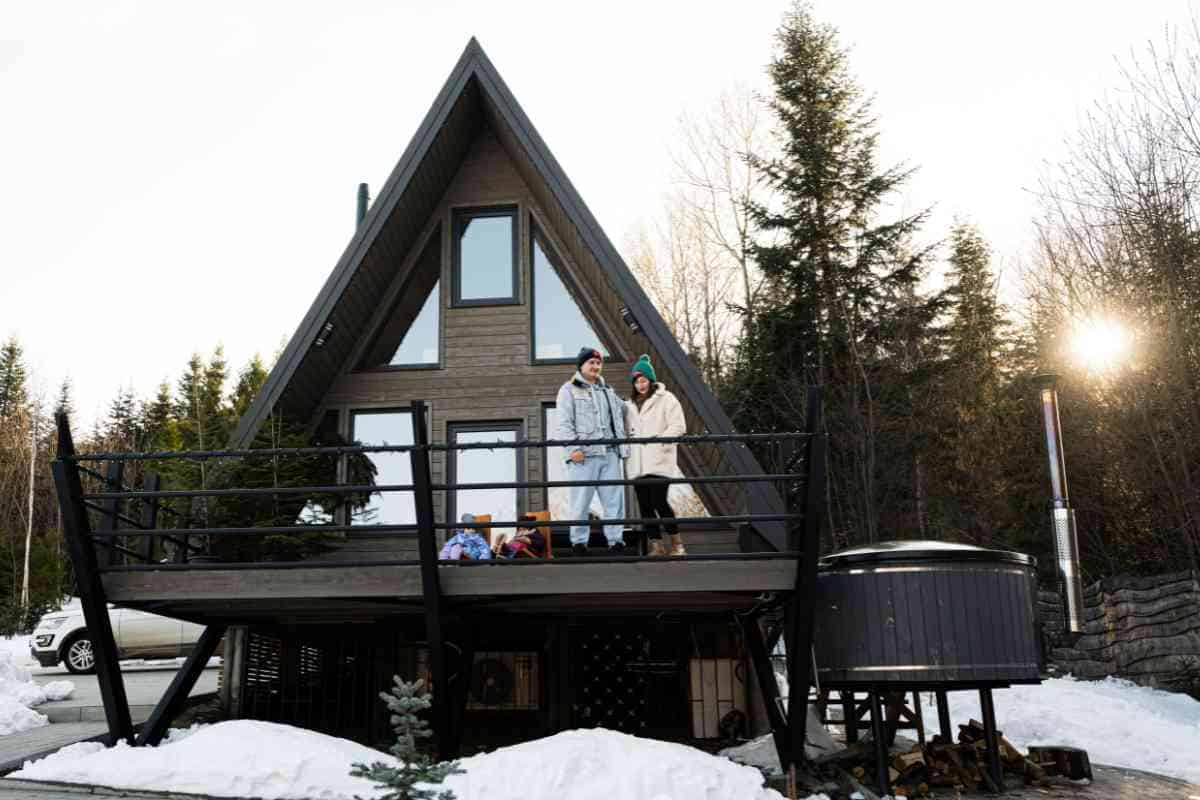
Related Post! The Best Tiny House Kits Under $5,000
How Much Is A Tiny House Kit?
The cost of tiny house kits varies widely, starting from just a few thousand dollars to upwards of $50,000, with premium options potentially exceeding this range. Prices fluctuate based on factors like construction materials, size, included amenities, and overall quality, offering options for every budget and customization preference.
Understanding Tiny House Kits
A tiny house kit is essentially a pre-packaged collection of materials and components designed for the quick and efficient construction of a tiny house. These kits aim to provide everything required to construct the tiny house’s structure.
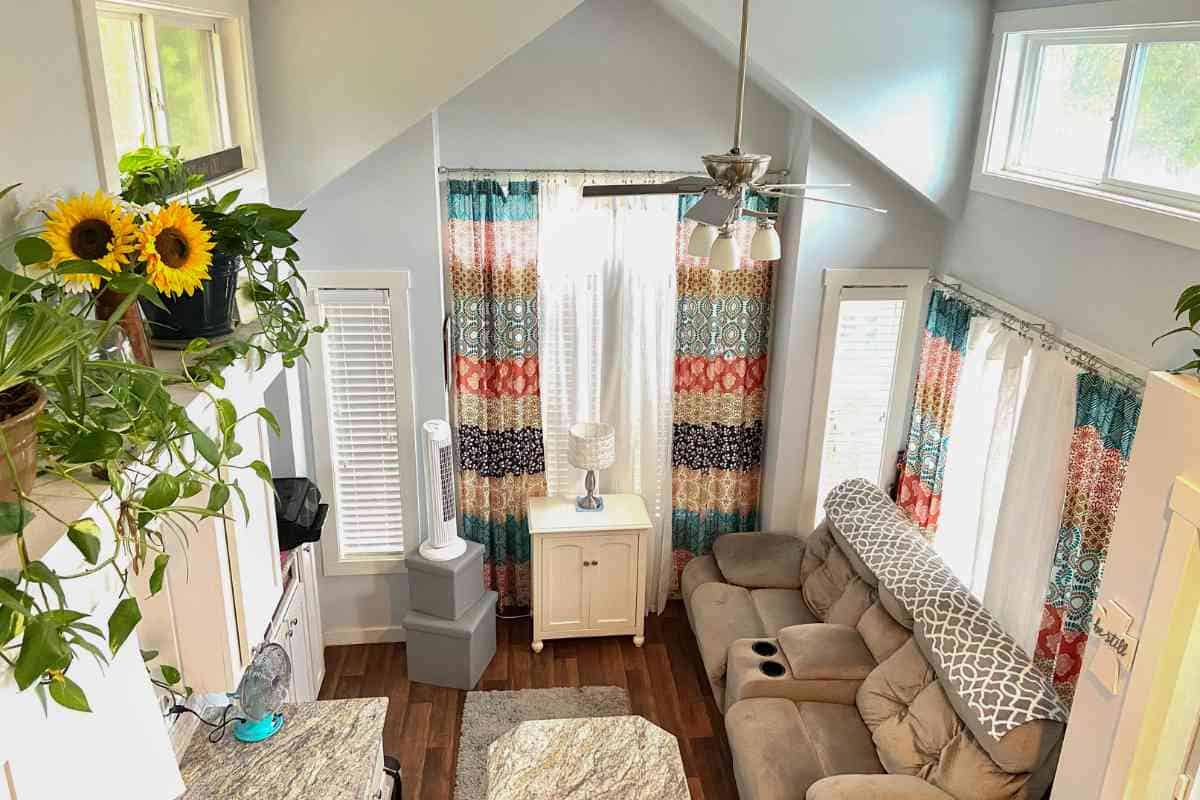
What’s Included in a Kit?
Typically, a kit contains all the essential construction materials like lumber, insulation, roofing, and siding. It’s common for kits to also include doors, windows, and necessary hardware. To simplify the building process, some kits offer pre-constructed elements like wall panels or roof trusses for on-site assembly.
The major advantage of opting for a tiny house kit is the convenience of having pre-cut and pre-measured materials, significantly reducing time and effort. Additionally, these kits are often tailored for DIY enthusiasts, with comprehensive and user-friendly instructions.
For a full rundown, check out my guide to What’s Included In A Tiny House Kit.
Exploring Types of Tiny House Kits
The market offers a diverse range of tiny house kits, each catering to different preferences and requirements:
- Jamaica Cottage Shop: Known for their quality Nordic Spruce kits, these come with features like a covered porch and a loft space.
- Tumbleweed Tiny House Company: Tumbleweed provides various kit options, ranging from basic shells to fully-fitted homes equipped with modern amenities.
- Tiny Home Builders: This company’s offerings include a “DIY Shell” kit, perfect for those wanting to personalize their tiny house’s interior.
When selecting a tiny house kit, it’s crucial to assess your budget, construction skills, and customization needs. While some kits are suited for individuals with advanced building knowledge, others are crafted with beginners in mind.
Related Post! What Size Tiny House Should I Get?
Factors Affecting the Cost of a Tiny House Kit
The cost of tiny house kits can vary widely, influenced by factors including construction materials, size, included amenities, and overall quality. Here’s a deeper look into these determining elements:

Key Factors Influencing Tiny House Kit Costs
- Construction Materials: The choice of materials significantly affects the price. High-quality options like cedar siding elevate costs compared to more economical materials such as pine or plywood. The durability and aesthetic appeal of the materials are crucial considerations.
- Size and Square Footage: Naturally, the larger the kit, the higher the price due to more materials being required. While compact kits can be found for under $5,000, these often sacrifice space and certain features.
- Amenities and Features: Kits that include additional amenities like kitchens, bathrooms, or lofts tend to be pricier. Special features such as large windows or unique roofing can also bump up the cost.
- Quality and Durability: A kit designed for longevity with robust materials might cost more upfront but can offer better value over time due to decreased maintenance and repair needs.
Among the popular kits on the market are the Sonoma Cabin Tiny House Kit, Gable Tiny House Kit, and options from Summerwood, Arched Cabins, Allwood Outlet, and Nordic Pine, each offering different features and price points.
Building a Tiny House Kit: Process Insights
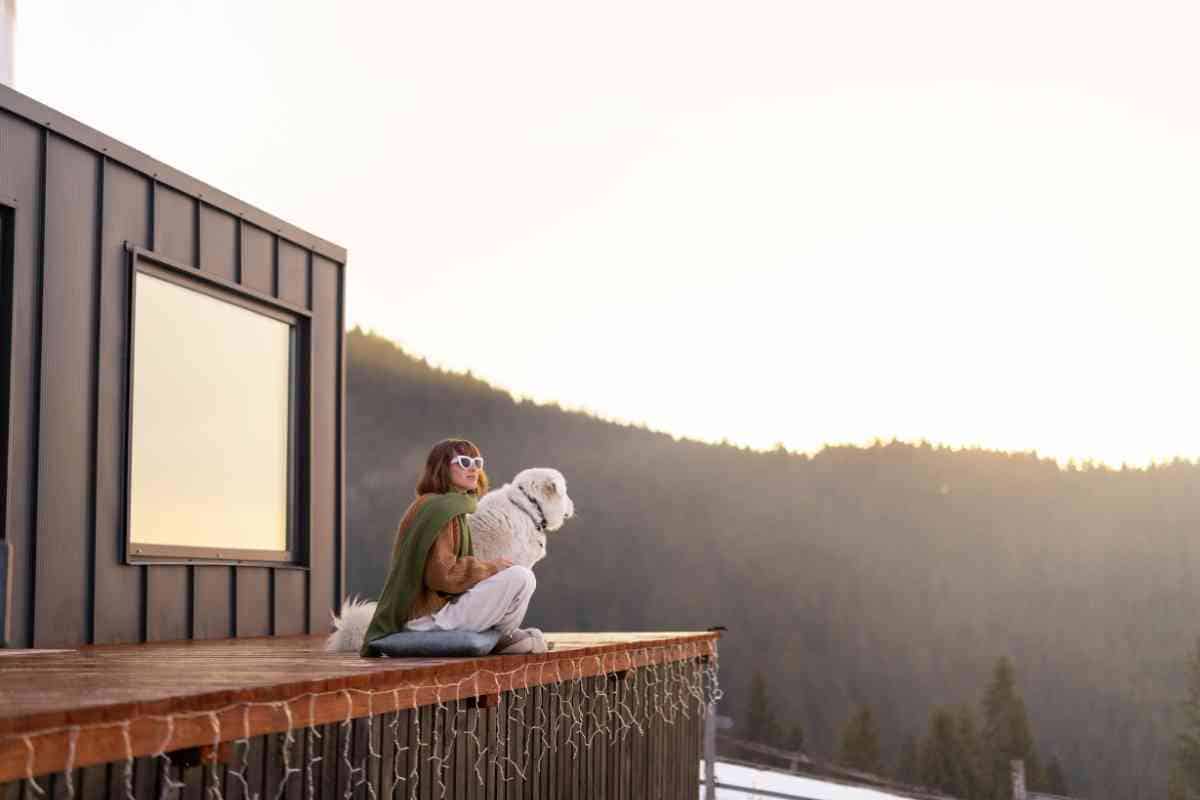
Related Post! Who Can Build A Tiny House?
Choosing a tiny house kit streamlines the construction process but requires careful planning, especially regarding the foundation, permits, and actual construction.
- Foundation and Land Requirements: A solid foundation is crucial for stability. The type of foundation—whether a concrete slab, piers, or a trailer—depends on the land and the kit’s specifications. Understanding local zoning and building codes ensures the selected site is suitable.
- Permits and Regulations: Securing the right permits is essential. This might include building, electrical, and plumbing permits, varying by location. It’s important to research and adhere to local regulations to avoid complications.
- Construction Process: Assembling a tiny house kit involves following detailed instructions to put together pre-cut and pre-drilled components. While some DIY enthusiasts might handle this quickly, others may need more time or even professional assistance, depending on the complexity of the kit and personal experience levels.
Building a tiny house from a kit can be an enriching project, providing a personalized space at a fraction of the cost of traditional housing. By carefully considering factors like foundation requirements, compliance with local codes, and the actual assembly process, you can make informed decisions that lead to a successful and fulfilling build.
For a step-by-step guide, check out my article on How To Build A Tiny House.
Living in a Tiny House Kit
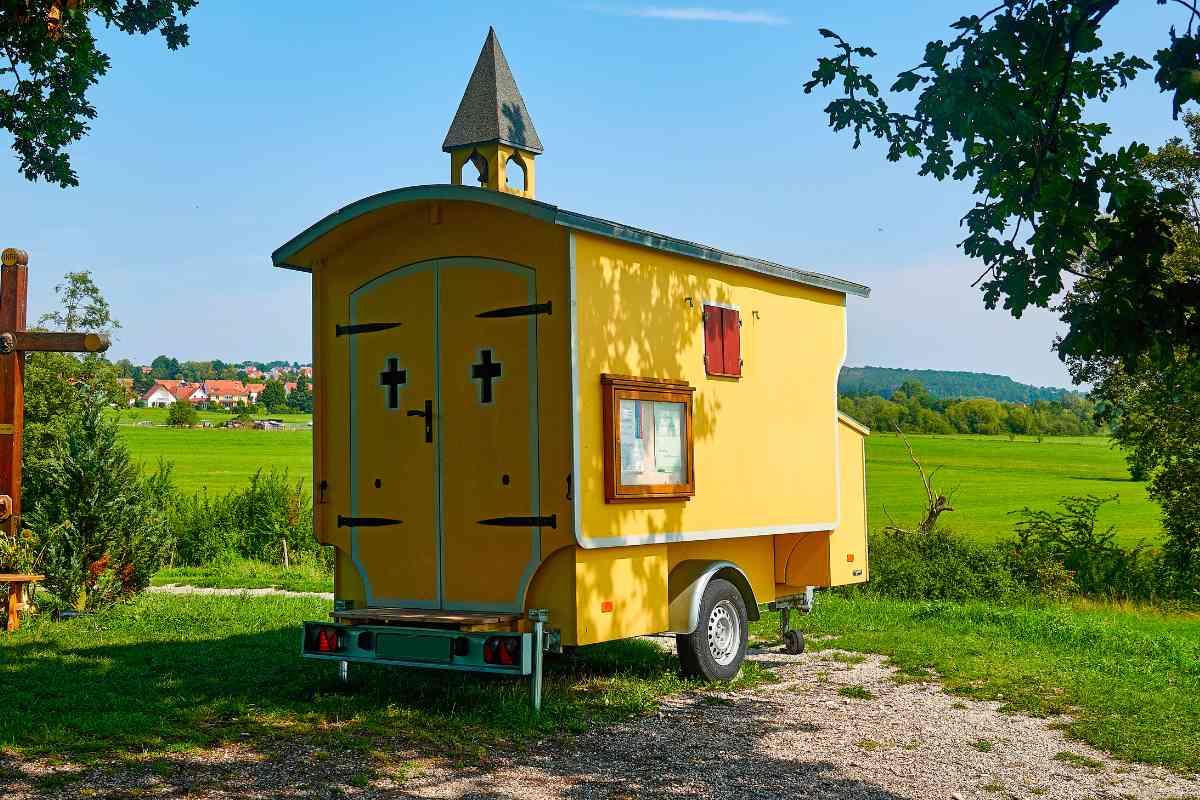
Embracing the tiny house lifestyle through a kit has transformed my approach to living, blending minimalism with remarkable benefits. The decision to embark on tiny house living has led to substantial savings on living expenses and granted me the flexibility to relocate my home on wheels to new destinations as desired.
Maximizing Tiny Living Spaces
Sleeping Space and Storage Solutions: The key to comfortable tiny house living lies in innovative space utilization. My home features a loft bed, optimizing the main area’s usability. Ingenious storage solutions are integrated throughout, including under-stair compartments and wall storage, ensuring every inch serves a purpose.
Amenities Without Compromise: Opting for a tiny house kit doesn’t mean forgoing modern conveniences. My home is fully equipped with essential amenities, including a functional kitchen, bathroom, and a warm living space. Furnishings that serve dual purposes—such as a sofa that transforms into a guest bed or a collapsible kitchen table—enhance the living experience without occupying excessive space.
Environmental Considerations and Impact
Sustainable Living: One of the most compelling aspects of tiny house living is the reduced environmental footprint. The compact size significantly lowers energy consumption for heating and cooling. My choice of an arched cabin kit, constructed with eco-friendly materials, underscores my commitment to sustainability, aligning with my environmental consciousness.
Reflecting on the Tiny House Lifestyle
Living in a tiny house kit has been enriching, proving that a fulfilling life doesn’t require extensive square footage. While tiny living might not suit everyone, for those drawn to a minimalist lifestyle, cost efficiency, and ecological sensitivity, the benefits are undeniable. My journey into tiny house living has been not only about adopting a simpler lifestyle but also about embracing a philosophy of mindfulness and environmental stewardship.
Related Post! How Much Is A Tiny House Trailer?
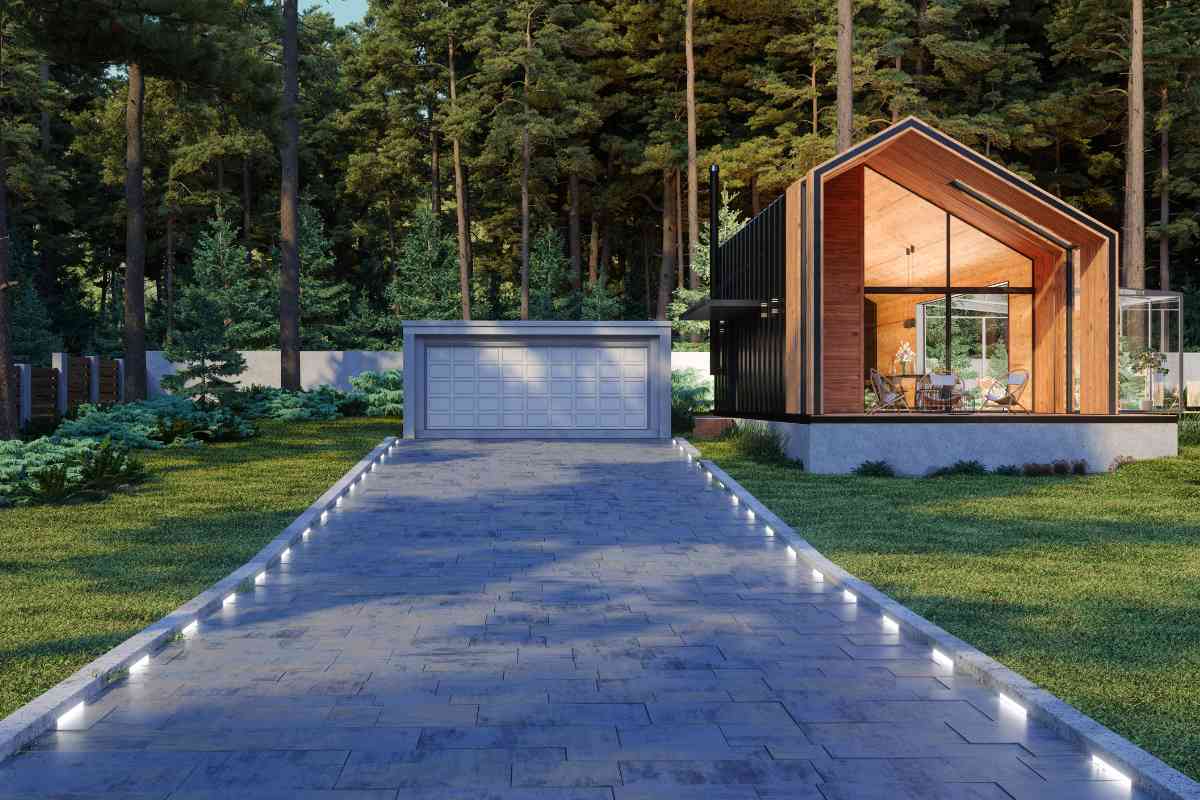
FAQs on Tiny House Kits
What size and square footage options are available in tiny house kits?
Tiny house kits come in various sizes, from compact models under 200 square feet ideal for a backyard office or yoga studio to larger designs up to 500 square feet that can serve as a full-time residence. The choice depends on your needs, whether it’s a mobile living space, a home office, or a small cabin retreat.
Can tiny house kits be customized for unique floor plans or high-end interior finishes?
Absolutely! While standard kits come with predefined floor plans, many companies offer customization options. This allows you to add luxury touches, high ceilings, or specific interior finishes to create your custom tiny house. Some may even include decks or a front porch for added living space.
How do tiny home kits impact energy consumption compared to traditional homes?
Tiny homes use less energy due to their small size, which means heating and cooling require less power. Many owners opt for solar panels to further reduce their carbon footprint, making tiny houses an eco-friendly choice. The reduced utilities and potential for off-grid living contribute to their appeal.
What are the additional costs associated with building a tiny house from a kit?
Beyond the kit itself, you’ll need to consider the cost of land (if applicable), foundation, labor for construction, building permits, fees, and any upgrades like appliances or exterior finishes. Planning for these expenses ensures you have a clear budget beyond just the purchase price of the tiny home kit.
Are there tiny house kits designed specifically for creating a home office or sleeping loft?
Yes, there are tiny house kits tailored for various uses, including home offices, sleeping lofts, and even yoga studios. These kits often feature high ceilings, ample natural light, and efficient use of space to maximize functionality and comfort in a compact footprint.
What are some of the best tiny house kits on the market for those interested in an off-grid lifestyle?
For those looking to embrace an off-grid lifestyle, kits from companies like Jamaica Cottage Shop, Tumbleweed Tiny House Company, and Tiny Home Builders offer robust options. These kits can be outfitted with solar panels, composting toilets, and rainwater collection systems to support sustainable living.
How significant is the reduction in mortgage and utilities costs when opting for a tiny house kit?
One of the major benefits of tiny house living is the potential elimination or significant reduction of a mortgage, alongside notably lower utility costs. This financial advantage allows homeowners to allocate resources to other priorities, enhancing their overall quality of life.

